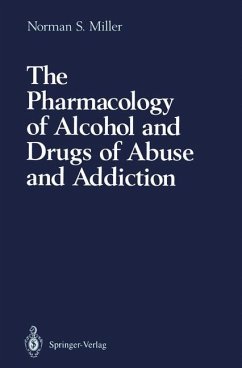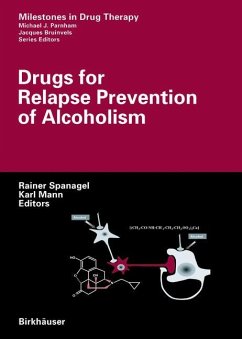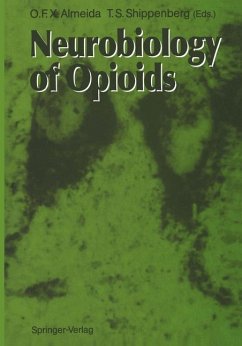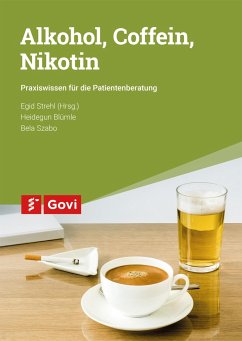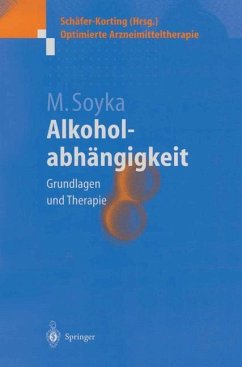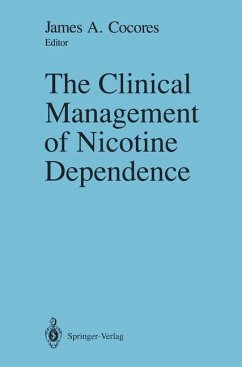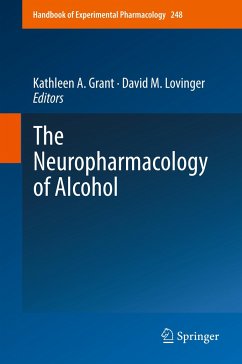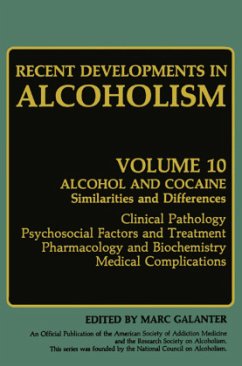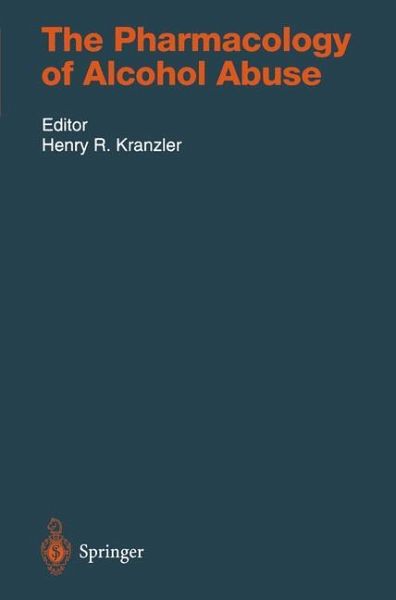
The Pharmacology of Alcohol Abuse
Versandkostenfrei!
Versandfertig in 6-10 Tagen
76,99 €
inkl. MwSt.

PAYBACK Punkte
38 °P sammeln!
In recent years alcohol abuse has received increased international attention. Such attention is justified by the enormous negative impact that this disorder has on health, as well as on economic and social well-being. Governmental and other sources of research support have promoted substantial investigation into the negative consequences of alcohol, examining both animal models and human subjects. Consequently, there has been a virtual explosion of preclinical and clinical data, much of it focused on alcohol's pharmacologic effects. However, there have been few efforts to integrate this wealth...
In recent years alcohol abuse has received increased international attention. Such attention is justified by the enormous negative impact that this disorder has on health, as well as on economic and social well-being. Governmental and other sources of research support have promoted substantial investigation into the negative consequences of alcohol, examining both animal models and human subjects. Consequently, there has been a virtual explosion of preclinical and clinical data, much of it focused on alcohol's pharmacologic effects. However, there have been few efforts to integrate this wealth of new information into a single, manageable volume. This volume provides an up-to-date, in-depth treatment of the phar macology of alcohol, particularly as it relates to alcohol abuse. The over riding theme of the book is the interplay between the preclinical and clinical domains. Increasingly, these areas of investigation have served to inform one another, a trend that can be expected to grow with time. The topics covered include the effects of alcohol on biological systems and the impact of medications on those effects. In addition, recent insights obtained from molecular biological investigations are discussed in terms of their relevance for understanding the effects of alcohol at the cellular level and the implica tions of these for the development of medications. Consideration is also given to important methodological issues that influence the evaluation of medications in the context of clinical trials.





